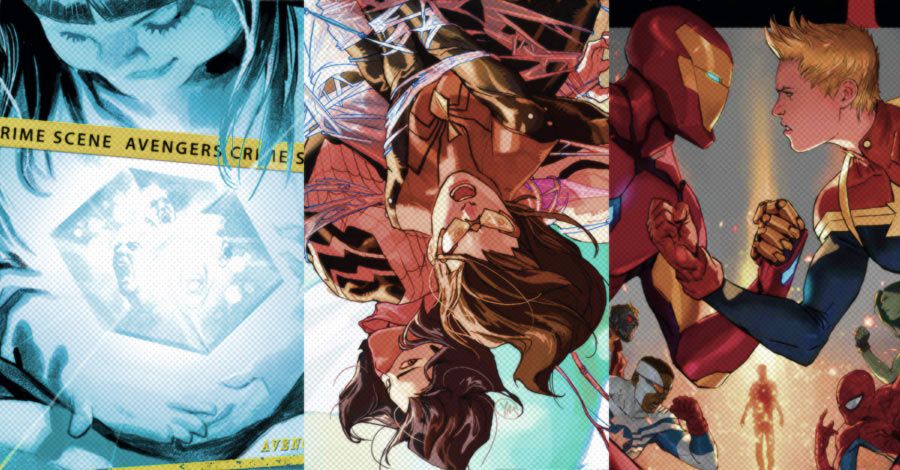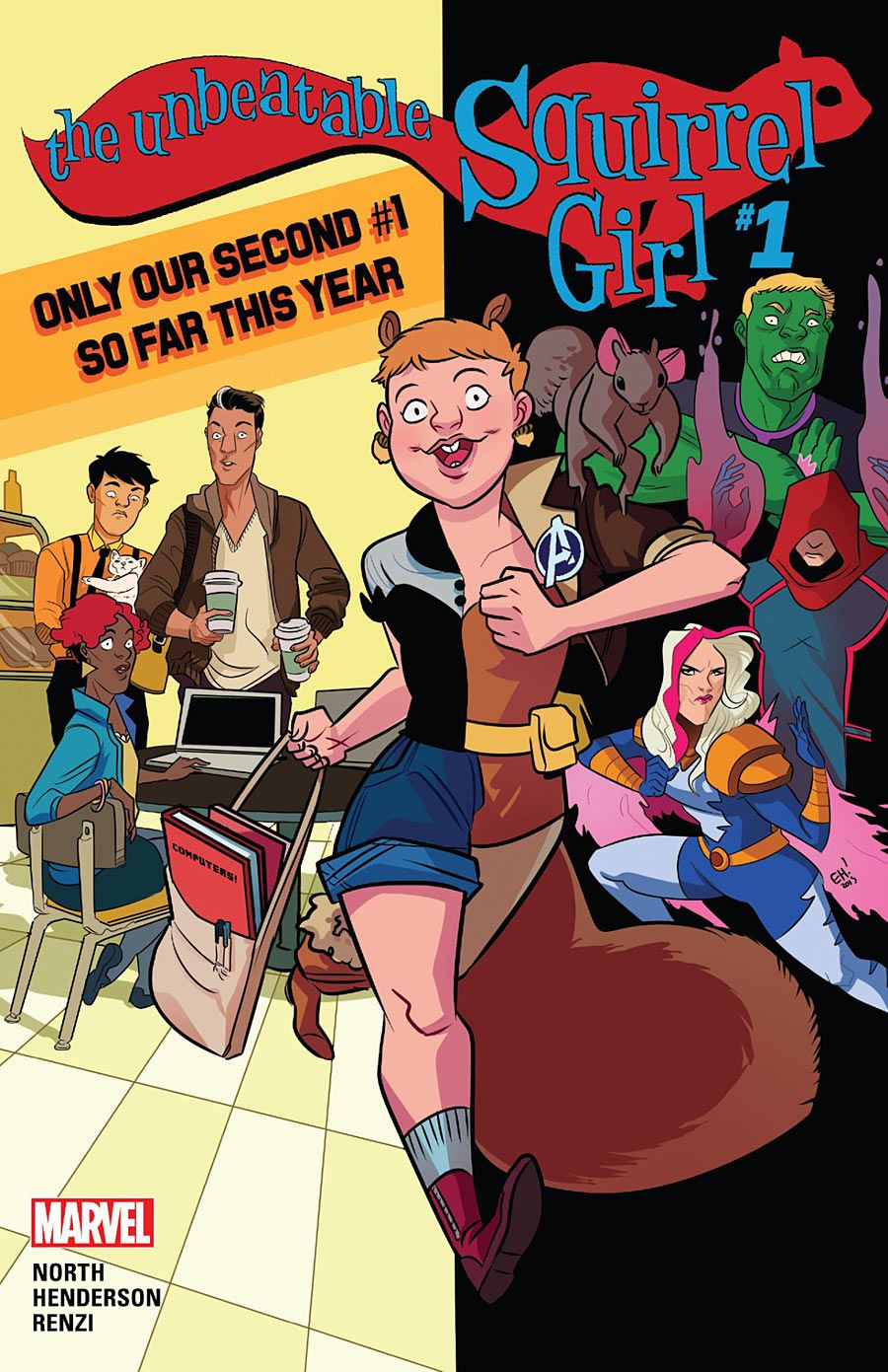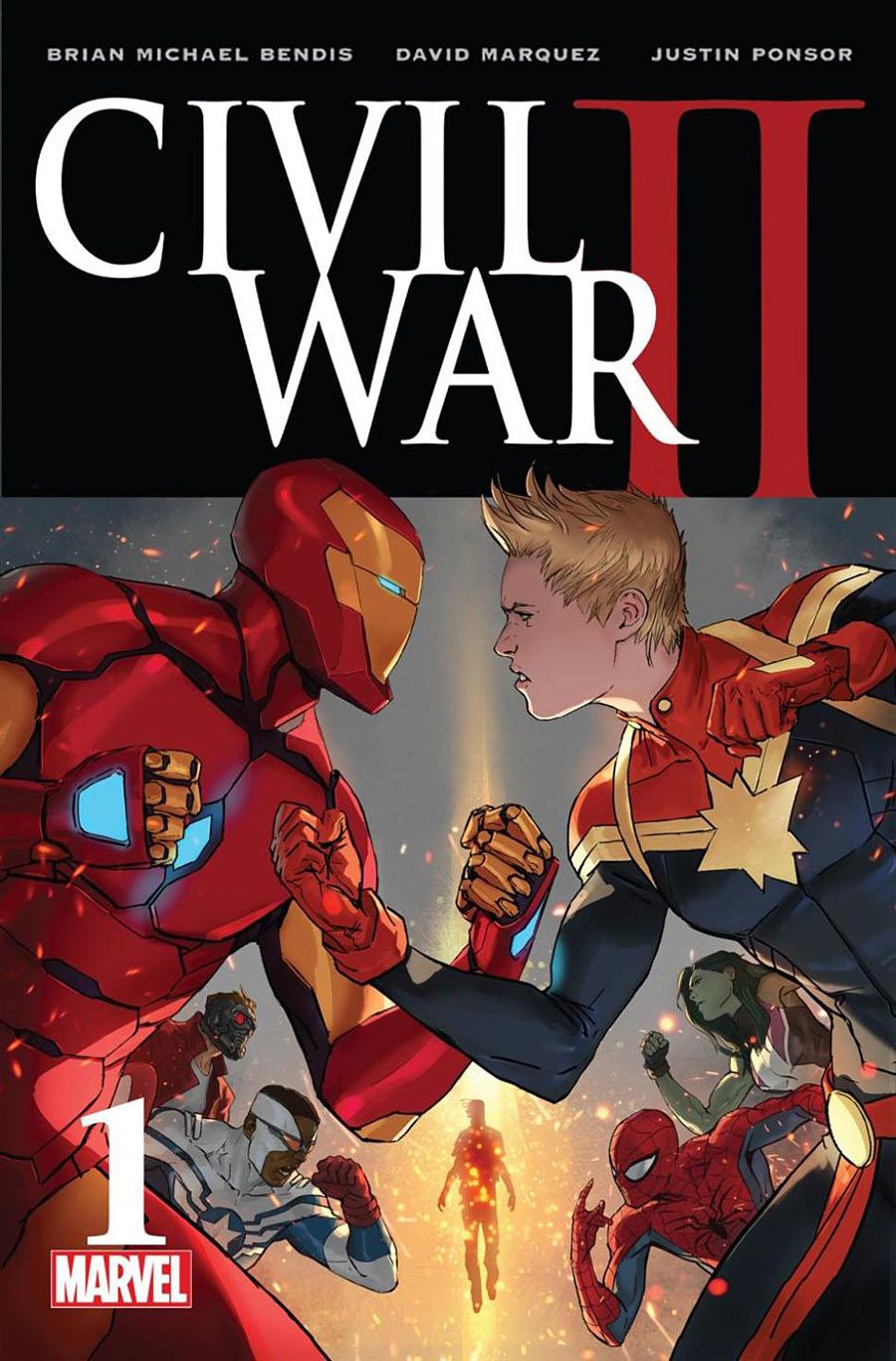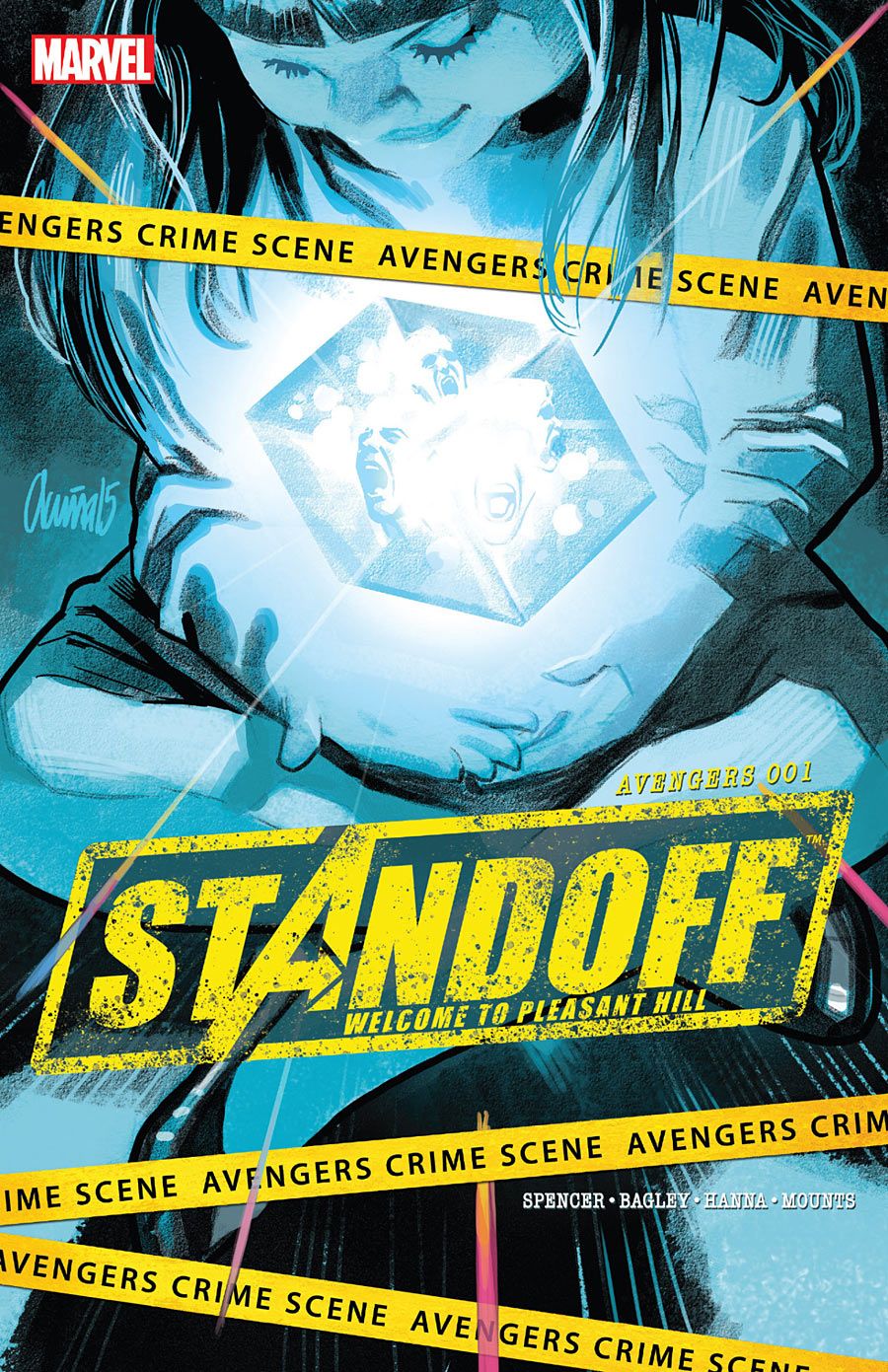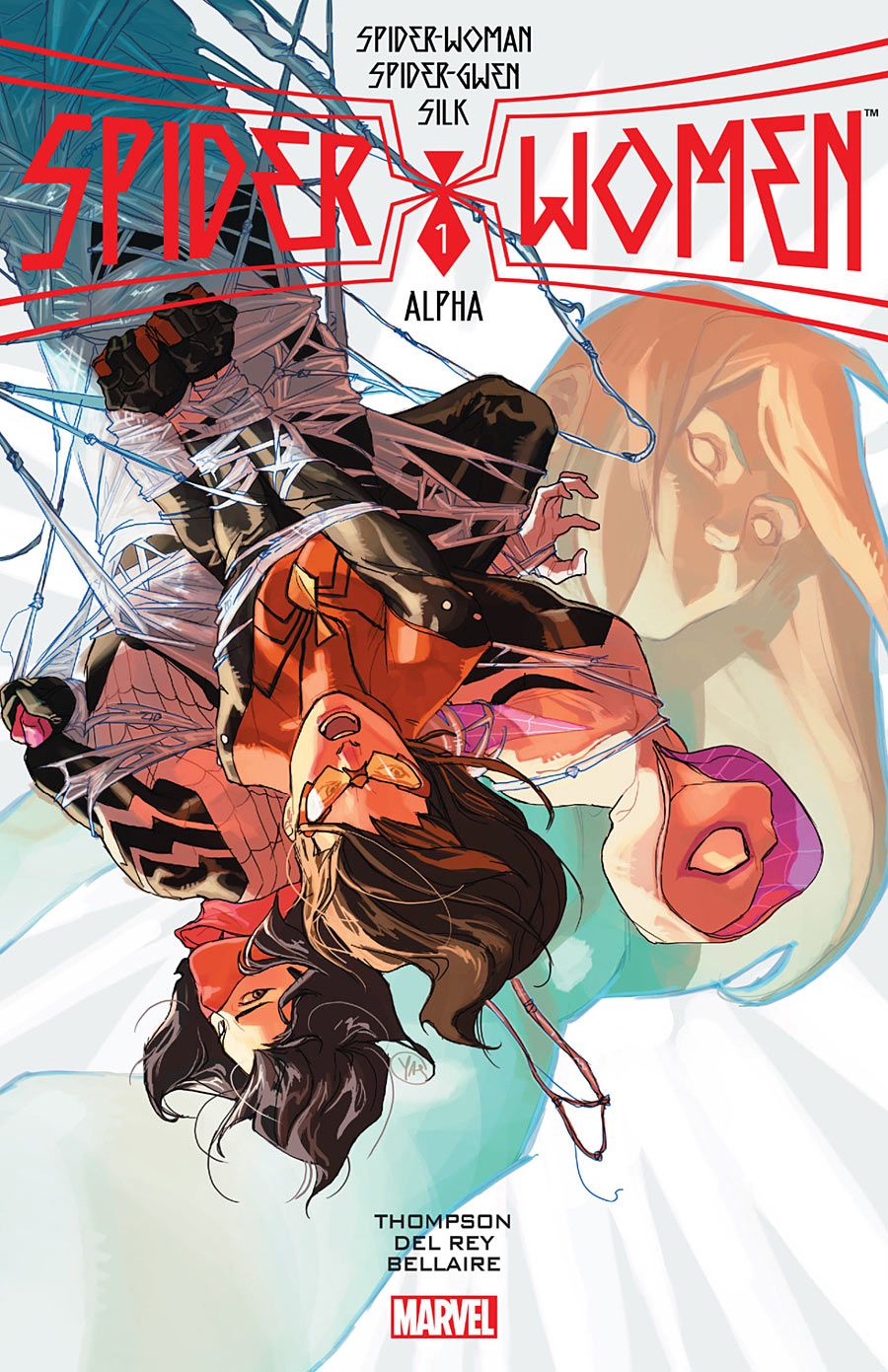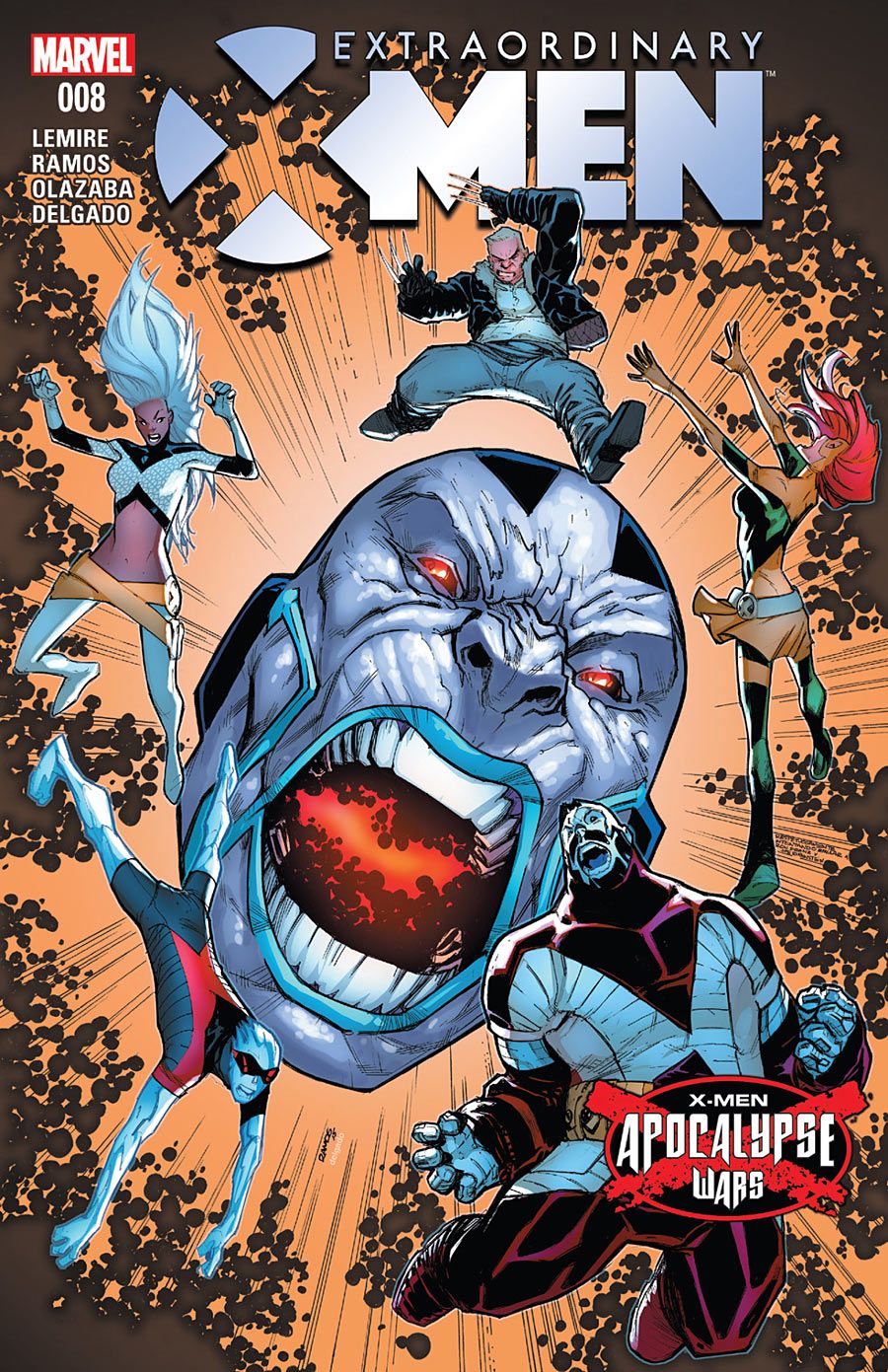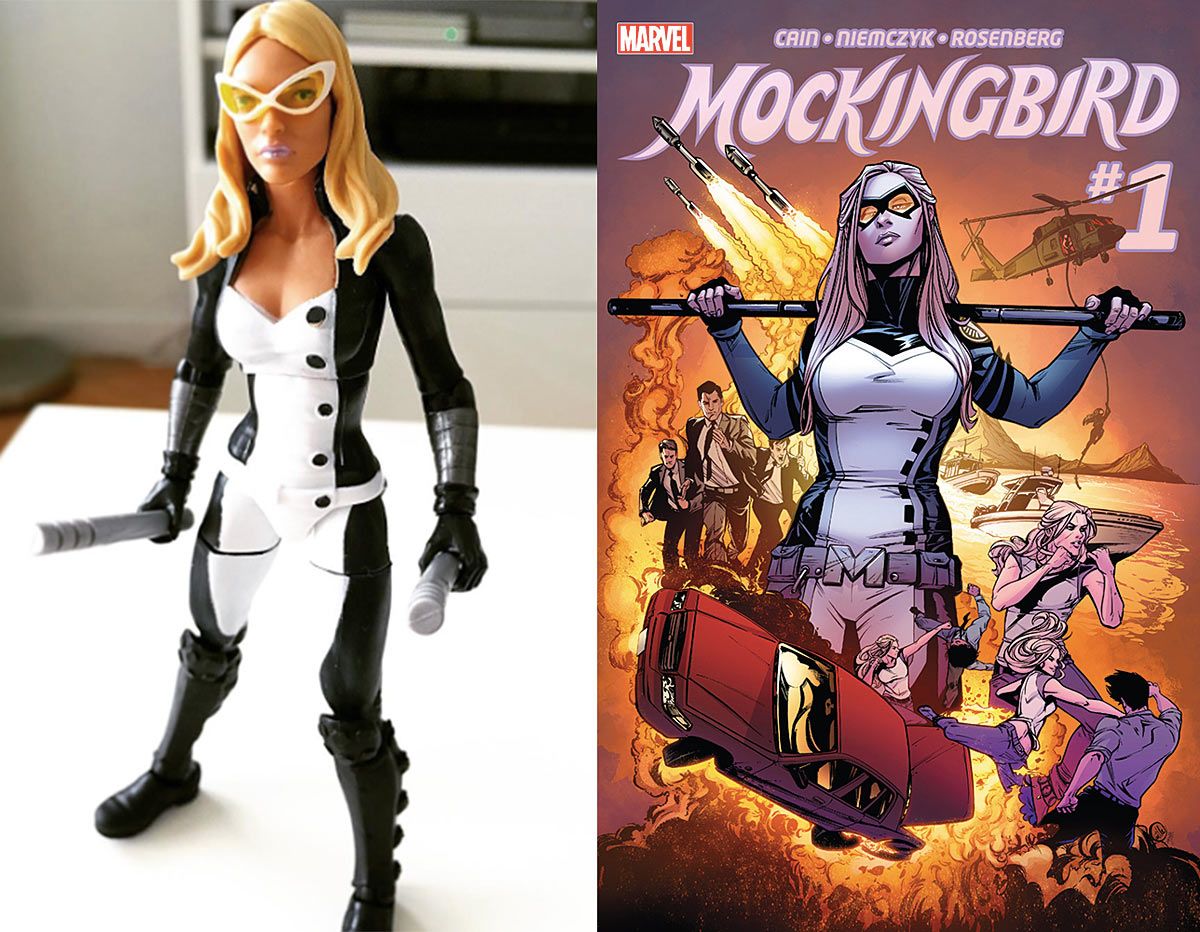Picture a superhero -- let's go with Rogue, because this is my column. What does she look like? Odds are this image of the southern superhero is influenced by when you first encountered her. For me, that's Jim Lee's version of the character from 1991, the one in yellow and green aerobics gear and a totally rad bomber jacket. Maybe yours is one of the many variations on her green and white look, or maybe it's a sad Anna Paquin. I'm lucky as a Rogue megafan, though, because my default version of Rogue is still the default version, eighteen years after the stopped wearing that costume.
Truth: if a Rogue product is gonna be made, even today, she will be sporting a headband and casual, loose "X" belt -- never mind the fact that she's had at least seven regular costumes since the Jim Lee design. I own four different figures of this costume, three of which were made well after she stopped wearing it. There's also another Marvel Legends figure of that one costume coming out this year, as well as two new Rogue statues. This is Rogue's look, and maybe that's because it's what she wore in the '90s cartoon, or maybe it's because '90s nostalgia started in 2000 and never stopped -- or maybe the fact that she wore this look for around seven straight years in the comics has something to do with it, too.
That long intro leads me to my point: superhero comics today have a fast turnover.
Going back to my Rogue example, she wore basically one costume from 1991 to 1998, and that costume appeared in the cartoon and on posters and in plastic form and in Pizza Hut comics and everywhere else. But in the past five years, Rogue has worn at least three different costumes. And she's not the only person to go through changes; in the last five years, Captain America has been three different people and around six different costumes have been worn between all of them. A quick glance at where Marvel was five years ago shows that pretty much every character -- from Spider-Man and Deadpool to Hawkeye and Spider-Woman and Storm -- have undergone at least one, but more often around two or three, makeovers in that span of time.
This doesn't just stop at costumes, though. It's no secret that Marvel -- and full disclozh, I'm using Marvel as an example because they're the only superhero universe that I've been reading nonstop for almost 25 years -- relaunches books on a regular basis. Remember the tagline on the cover of the latest "Unbeatable Squirrel Girl" #1: "Only our second #1 so far this year." New #1 issues sell better than, say, an issue #36, and Editor-in-Chief Axel Alonso has spoken about how Marvel has shifted more toward a seasonal model of storytelling seen in television with new volumes launching on an annual-ish basis, usually with new status quos or creative teams.
There's also been a gradual speeding up of events and crossovers; 2016's only four months old and so far we've seen "Secret Wars" end and "Avengers: Standoff," "Spider-Women" and "Apocalypse Wars" start. "Civil War II" is around the corner, and then there's the still-mysterious, maybe-events "Dead No More" and "Death of X." I'm not going to act like this is a new thing; the year that I started reading comics had both "Fatal Attractions" and "Maximum Carnage" amongst a number of other smaller crossovers. But as things slowed down in the back half of the '90s and pre-"House of M" Marvel, they're back at full speed again.
And all this goes without mentioning the fact that for a few years, Marvel literally sped up their production by producing something like 19 issues of an ongoing series a year. Brian Michael Bendis was only the writer of "All-New X-Men" for two-and-a-half years, but he turned out forty-one issues of it in that time. In the old monthly way of releasing comics, we might have spent a whole year longer with that writer and status quo.
None of this is griping, believe it or not. This is just something that I became more aware of after -- and this is a very me statement -- flipping through sets of early '90s Marvel trading cards. I'm very aware that it's easy to just say that things were "better" back during some hazy time in the past, back when your passion was fresh and your hair wasn't quite so gray. So I'm not so much intending to start a "back in my day" thing as I am pointing out how things have evolved, without me really noticing.
To tie back into all that Rogue business, this revelation hit me because I realized that toys are no longer able to keep up with the quickened rate of change in the comics. Captain Marvel gets her first 3.75" figure, but the costume design got a tweak in the comics just as the figure came out. The same thing happened with Mockingbird, who got a 6" figure in the latest Captain America line that was immediately dated with the launch of her new ongoing series last month. And Spider-Woman, a character that had the same costume for her entire existence, finally got a figure -- but it came out after the character got a much needed, modern makeover. Considering how quickly comic costumes change nowadays, I can understand why the minds at Hasbro stick with older designs. And also considering the fast wardrobe changes, I can understand why these newer designs might not be as immediately recognizable as the ones that stuck around for years.
The same goes for trading card sets. I've written about how much I love the early '90s trading card sets before and yes, that love still stands strong. I did, after all, just purchase the complete set of Fleer Marvel Metal cards from 1995, because I'm an adult with a little bit of disposable income. But looking at those cards it hit me just how hard it would be to make a set now, when Marvel has cycled through three different line-wide initiatives in the past four years (the punctuation-heavy "Marvel NOW!", "All-New Marvel NOW!" and "All-New, All-Different Marvel"). Those old trading card sets are appealing to me because they're snapshots of a definitive period of time, and you can track the universe's gradual changes when looking through all of them. But, as someone that collected those cards when they came out, they also felt current and in-sync with the comics. I do wonder if it'd ever be possible to get a trading card set out in time to accurately reflect the comic line, considering how quickly thing shift. (Also, I'm coming to terms with the fact that there'll never be another series like those old cards for a million reasons, the least of which is "comics move too fast." Get over it, grandpa.)
My point is, this is another change that the industry has gone through over the past decade, possibly too fast for you to notice. My affection for the material hasn't diminished because of it, not at all. I still like -- and love -- a lot of the comics I read, and I think it's unfairly curmudgeonly to tell editors and artists to stop redesigning costumes all the time just because my darn toys are outdated. The way we read comics has evolved, the demographics of who read comics have expanded, and the outside attention comics receive has increased. That seems to have come along with a quicker pace. The only concern that I have is a personal one, as I fear my relationship with Marvel will turn into Lucy and Ethel at the chocolate factory (also coming to terms with the fact that that reference probably goes over a lot of heads now). Books come and go, issues zip past, events pile on top of events, mantles are juggled and costumes are upgraded annually. There's rarely a moment of rest, a stable period where (to tie it back in) there's enough time for a toy to synch up with its hero -- but is that really the comics' fault or a malfunction in my aged comic-book-brain's OS? If the stories are good now and creators are enjoying the freedom to really experiment and create, and it at least looks like they are, then isn't that what really matters? Maybe I'll reach a firm conclusion once I shift my expectations into a higher gear and catch up.
Anyway -- Hasbro, please get an updated Spider-Woman figure in stores before she trades out that killer jacket for something else.
Brett White is a writer and comedian living in New York City. He made videos for the Upright Citizens Brigade as a member of UCB1 and writes for the podcast Left Handed Radio. His opinions can be consumed in bite-sized morsels on Twitter (@brettwhite).

